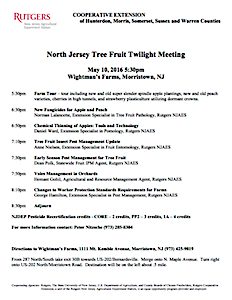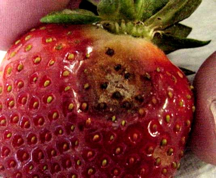Syngenta Crop Protection released Orondis, a new fungicide with a new mode-of-action for use in vegetable production this past winter. Because of its winter registration, Orondis was not included the 2016 Mid-Atlantic Commercial Vegetable Production Guide.
Orondis (oxathiapiproplin, U15) targets the oxysterol binding protein that is a part of the fungal cell wall. The active ingredient inhibits growth of the fungus as well as sporangia production and zoospore germination. Orondis has a low solubility (i.e., locally systemic), is translaminar; and will protect new growth.
Orondis is currently sold as a co-pack with either mefenoxam (Orondis Gold), chlorothalonil (Orondis Opti), or mandipropamid (Orondis Ultra). Growers will be required to tank mix Orondis with its partner during 2016 season. In 2017, the partners will be formulated together. Importantly, Orondis will not receive an individual label in the US.
Orondis has different use rates and restricted seasonal use. The labels need to be followed carefully and accordingly to help manage fungicide resistance development. Simply, if Orondis is applied via drip system, it cannot be used as a foliar spray (and visa-versa). If Orondis is applied as a foliar application it cannot be used via the drip. Thus, growers planning on using Orondis need to plan ahead of time and accordingly! The rates for Orondis and it counterpart will differ by crop, pathogen, and desired use (drip vs. foliar). [Read more…]


